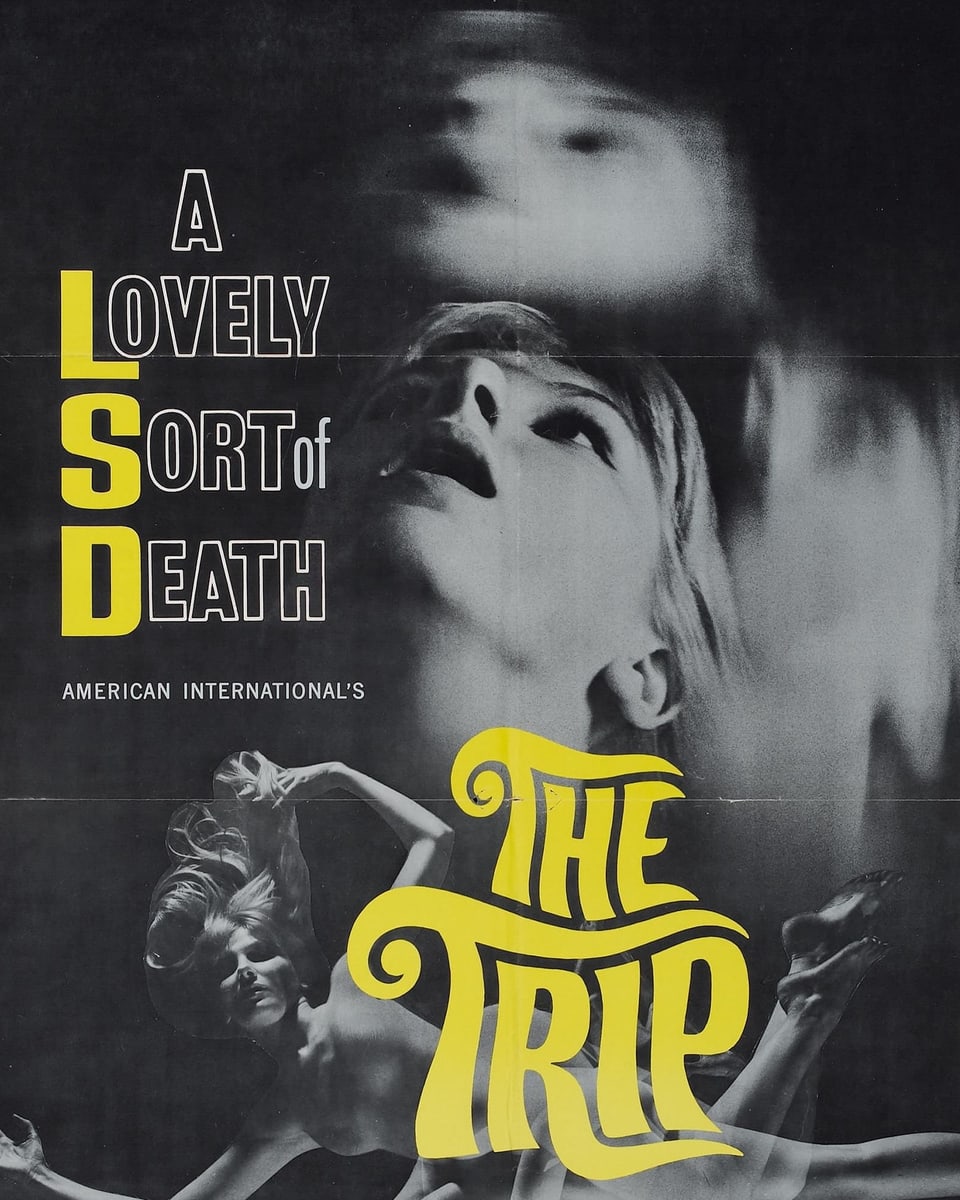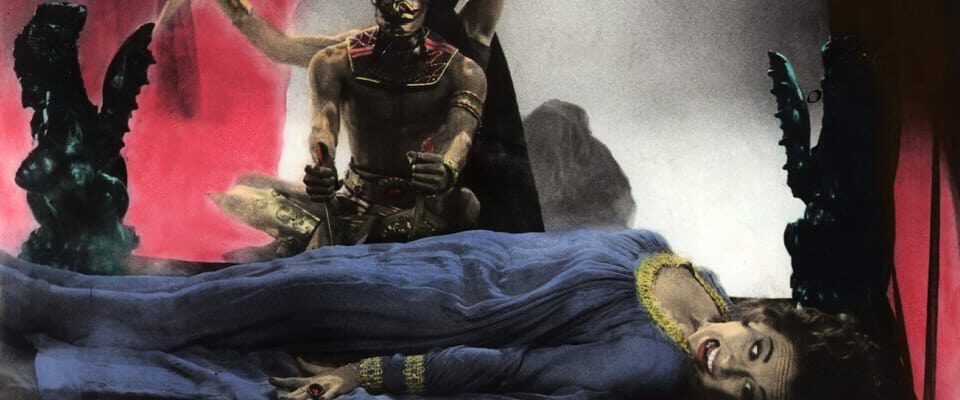Contents
Without him, US film history would have been different: film producer Roger Corman died at the age of 98.
A look at Roger Corman’s film legacy suggests that a hyperactive daredevil must have been at work: the online film database IMDB lists almost 500 films with Corman as producer from 1954 onwards. Many of them have lurid German rental titles such as “Two Satans Out of Order” or “The Freaked Out College Spirit”.
This suggests a businessman who saw the film industry as a casino: a few banknotes, a marketing idea and then see if the audience bites. However, anyone who got to know Corman personally – he was jury president of the Neuchâtel NIFFF film festival in 2004 and guest of honor in Locarno in 2016 – saw a level-headed, art-loving pragmatist.
The right idea at the right time
Roger Corman’s beginnings coincide with a time when the dominance of the Hollywood studios began to waver and when artistic ambition – coupled with business acumen – began to pay off: in the mid-1950s there was a democratization in US film – and cinema landscape. Space was freed up for new talent. And Corman claimed that spot for himself: early and successfully.
Corman followed a simple equation between art and commerce: he anticipated what people wanted to see and then made it happen in the most cost-effective and time-efficient way possible. Like no other producer, he managed to make his films look much more expensive than they actually were. He had a whole arsenal of tricks up his sleeve.
Remarkable talent factory
Some of these tricks are obvious: Corman made a film of Edgar Allan Poe because he didn’t have to pay for copyrights. Corman was a master at recycling film sets. And Corman understood the zeitgeist of the 50s, 60s and 70s: Because young people back then wanted to see feature films by and with young people, he built up acting and directing talent. Less costs, more benefits – and looking back: It’s unbelievable who started it all at Corman.
Legend:
The horror film “Satanas – The Castle of the Bloody Beast” (1964) is one of these Edgar Allan Poe adaptations by director Roger Corman.
Studio
Corman was undoubtedly a midwife of the New Hollywood of the 70s: because many of the big names in this movement had previously worked under him, and because his production models laid the foundation for how artistic ambitions could be combined with commerce.

Legend:
His psychedelic opus “The Trip” (1967) launched Jack Nicholson and Peter Fonda.
IMAGO / album
Not a new Hollywood
But with the New Hollywood, the time had also come when Corman’s creative influence began to wane: protégés like Coppola and Scorsese became well-respected authors without his support. Roger Corman, on the other hand – probably inspired by the surprise success of Paul Bartel’s trash satire “Death Race 2000” (1975) – stoically invested in undemanding exploitation.
There’s no need to sugarcoat it: as of 1983, there are no works of lasting value in Corman’s sprawling output. The businessman had long since triumphed over the artist.
Behind the producer: The director
Back to Corman’s tricks of making cheap films look expensive. There was another one, a not so obvious one: Corman was an esthete, a cultivated esthete. His self-directed Poe films still look good today. And his psychedelic opus “The Trip” (1967) simply contains everything you need to know about the Californian drug culture of those years – staged by a professional who had nothing to do with hippie culture.
Radio SRF 4 News, news, May 12, 2024, 9:00 a.m.
